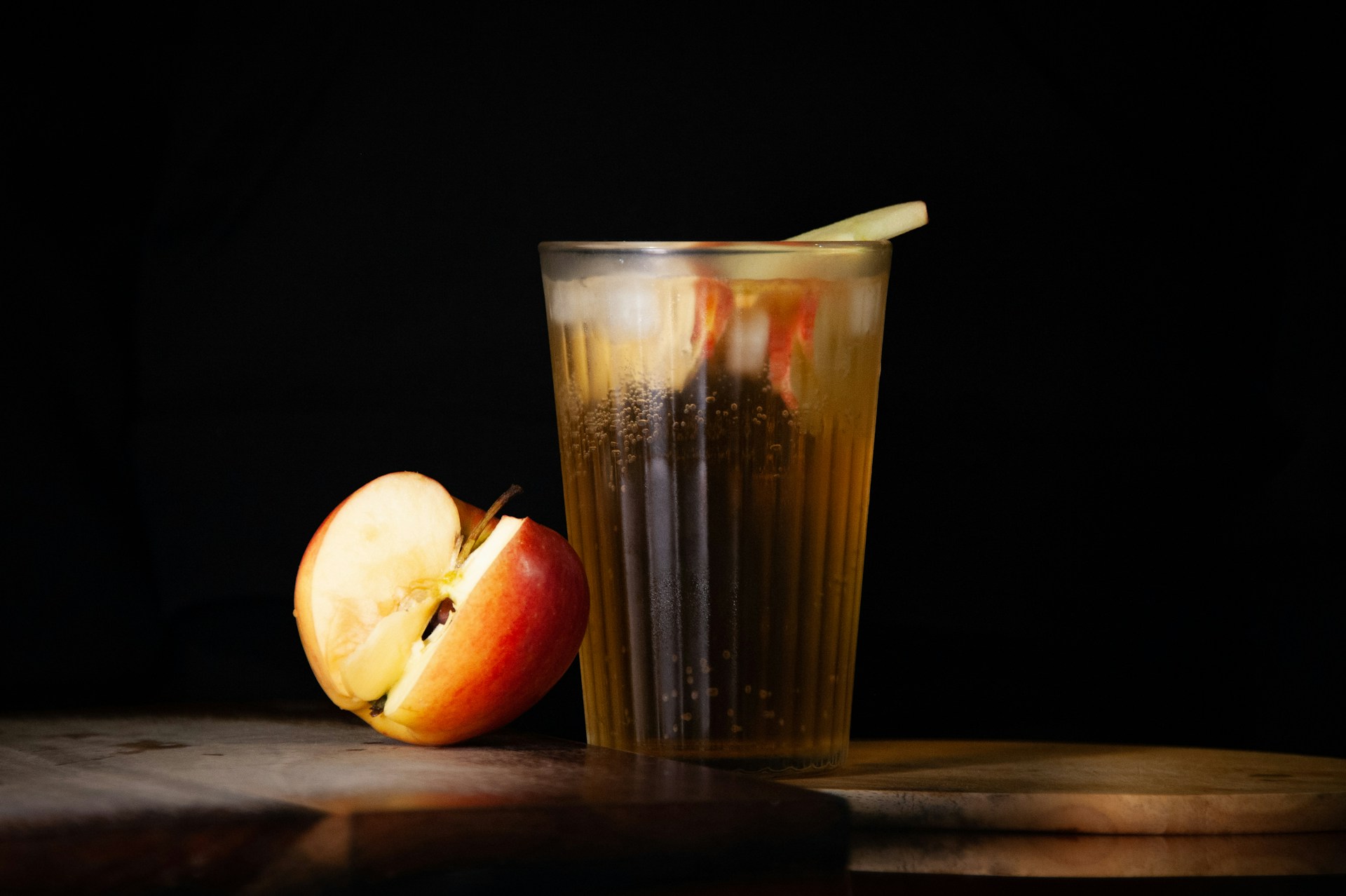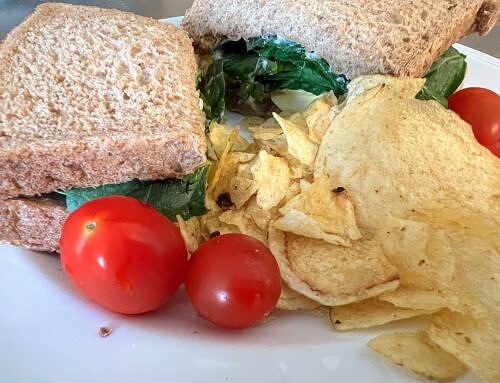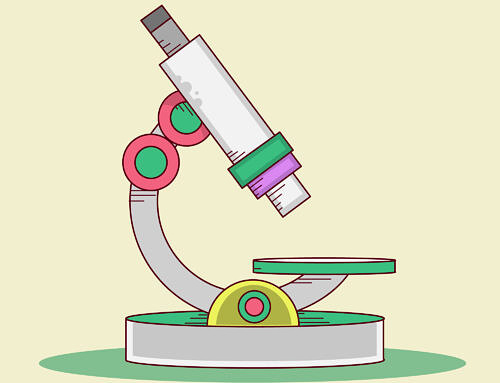
Fructose: what it is and where to find it
Put simply, fructose is a type of sugar. It can be found naturally in fruit, as well as in honey, agave nectar and some vegetables. But, it is also used in processed foods as a sweetener. You may see it on ingredients lists as glucose-fructose syrup, or high-fructose corn syrup. It even gets added to foods such as jam to help reduce the cost (jam can simply be made with fruit, sugar, an acid such as lemon juice, and pectin (depending on the fruit)). It is fructose as an extracted ingredient – not the fructose found naturally in fruit – that it is of greatest concern to health.
Foods are often categorised according to their glycaemic index (GI), that is how quickly the sugar enters the bloodstream. Fructose has a low GI rating so it doesn’t spike blood sugar or significantly impact insulin levels. Makes it sound like a great thing to add to food, doesn’t it?
How we digest fructose
Unlike glucose, which is absorbed in the intestine before entering the bloodstream, fructose is absorbed, metabolised (broken down), and then its products transported to the liver. However, the intestine can only metabolise small amounts, any excess goes to the liver for metabolism making the liver the main part of the body for fructose metabolism. Small amounts of fructose may also be metabolised by the kidneys, body fat and muscles.
To help support your liver, take a look at my post about liver health.
Why fructose is bad
I’m not talking about fruit here just the sugar, which, as I’ve already mentioned, is available in many different foods natural and processed.
As fructose is less regulated by the body than glucose, a high intake can play havoc with your metabolism (the conversion of food into useable energy). Some studies suggest a high fructose diet may contribute to:
- Non-alcoholic fatty liver disease
- High levels of VLDL (“bad”) cholesterol
- Reduced insulin sensitivity/increased risk of insulin resistance
- High blood pressure, especially when combined with a high salt intake
- Gout
- Kidney stones and inflammation
- Gut inflammation
- Neuroinflammation (inflammation of parts of the brain)
There have also been studies associating high fructose intakes with some cancers.
Can eating fruit make you “fat”?
While eating fruit does contribute to your calorie intake, it does not in itself cause unhealthy levels of body fat. In fact, fruit can actually support healthy body weight. A 2016 review by Sharma et al cited the following possible reasons why fruit may actually have “anti-obesity” effects:
- Eating fruit reduces calorific consumption – it is a relatively low-energy food.
- Fruit provides prolonged satiety – the fibre helps to slow down digestion helping you feel full for longer.
- The nutrients in fruit support metabolism.
- Fruit supports the gut microbiome, which can influence bodyweight.
The study also includes a few cautions regarding fruit and weight management:
- Consume whole fruit and avoid large quantities of fruit juice – fibre is lost when juicing fruit.
- Some types of fruit are higher in simple sugars than others – lower sugar options include citrus fruits, watermelon, peaches, kiwis and berries.
- Aim to limit fruit to two portions per day to moderate sugar intake.
- Opt for fresh or frozen fruit instead of canned or dried to help reduce the sugar content of your food (canned fruit tends to be in juice or syrups and dried fruit is naturally higher in sugar as the water has been removed).
It is important to remember however that eating a variety of plant foods is great for health, fruit should be a part of that. Different fruits provide different nutrients and so eating a variety will give you a greater variety of nutrients to support your overall health.
Can you eat fruit after a meal?
There are many articles online claiming that eating fruit after a meal is bad and that it should only be eaten on an empty stomach. For healthy individuals this is not true.
The idea that eating fruit with a meal slows the digestion down is true, to an extent. This is due to the fibre that is present in the fruit which slows digestion helping you feel full for longer, and can support blood sugar levels. It does not cause food to ferment in the stomach – the stomach is too acidic for that. Fermentation does occur in the intestines, but this helps our body to produce fatty acids that are essential for our wellbeing.
If you experience digestive pain after eating it is important to consider your whole meal, and your non-food activities before and after eating. You may also need to think about your meals earlier in the day too – food is usually in the stomach for between 2 and 4 hours, and then the small intestine for up to 6 hours before moving into the large intestine. Drinks generally pass through the stomach more quickly.
To find out if eating fruit is a problem for you it is best to keep a food diary. Here’s what to record:
- Everything that you eat and drink. Include portion sizes and how the food/drink is served (stewed, steamed, baked, raw, etc).
- The time that you have had the food or drink (be specific, don’t just note “breakfast”).
- Your sleep and non-food activities, including times.
- Your health symptoms, including times and details.
This will help you to identify patterns. It may not actually fruit that is the issue, but it could be a particular type of fruit or serving method that triggers your symptoms.
How to support your health and still enjoy fruit
Choose whole fruit over juice wherever possible. Remember that just 150ml of fruit juice is one of your fruit and veg per day – and drinking more does not give you more portions! General guidance says that we should try to limit our fruit intake to two portions per day (a portion is 80g).
Avoid a high intake of dried fruit and dried fruit products, especially those designed for children (an adult’s portion of dried fruit is 30g). Without the water, fibre and water-soluble nutrients dried fruit products are often little more than fruit-flavoured sugar bars. Dried fruit can also get stuck around the teeth and cause dental problems – try to eat it as part of a meal, not a snack on its own.
Try to eat your fruit portions as part of a meal. The extra fibre, protein and fat can help to slow digestion and sugar absorption. Healthful snack alternatives could be veg sticks, seeds, nuts and homemade energy bars/balls (be careful of recipes using large amounts of honey or dried fruit!).
How to reduce your intake of non-fruit fructose
All that being said about fruit, it is the other, less nutritive sources of fructose that we need to pay attention to. Here are a few tips on reducing the non-fruit fructose in your diet:
- Read the ingredients lists on packaging and reconsider the items listing fructose, glucose-fructose syrup, or other combinations of it. Remember that ingredients are listed in order of greatest quantity first, but ingredients may appear more than once if they are sub-ingredients. Check all the lists, not the obvious things – you’ll be surprised what gets added to our food, even that marketed as being “healthy”! If a product’s packaging is redesigned that’s often a clue that the recipe has changed – make sure you check the ingredients again!
- Look out for agave syrup in home-prepared meals and packaged foods. It has a low GI rating but is very high in fructose.
- Be cautious with the honey. Honey is lower in fructose than agave syrup but it is still quite high, so be wary of using it in large quantities. This is something to be aware of particularly if you frequently make “sugar-free” recipes.
References/Further Reading
- Fructose metabolism and its roles in metabolic diseases, inflammatory diseases, and cancer (Zhenhong, et al) – https://pmc.ncbi.nlm.nih.gov/articles/PMC12185857/
Photo by Richard Wang on Unsplash



